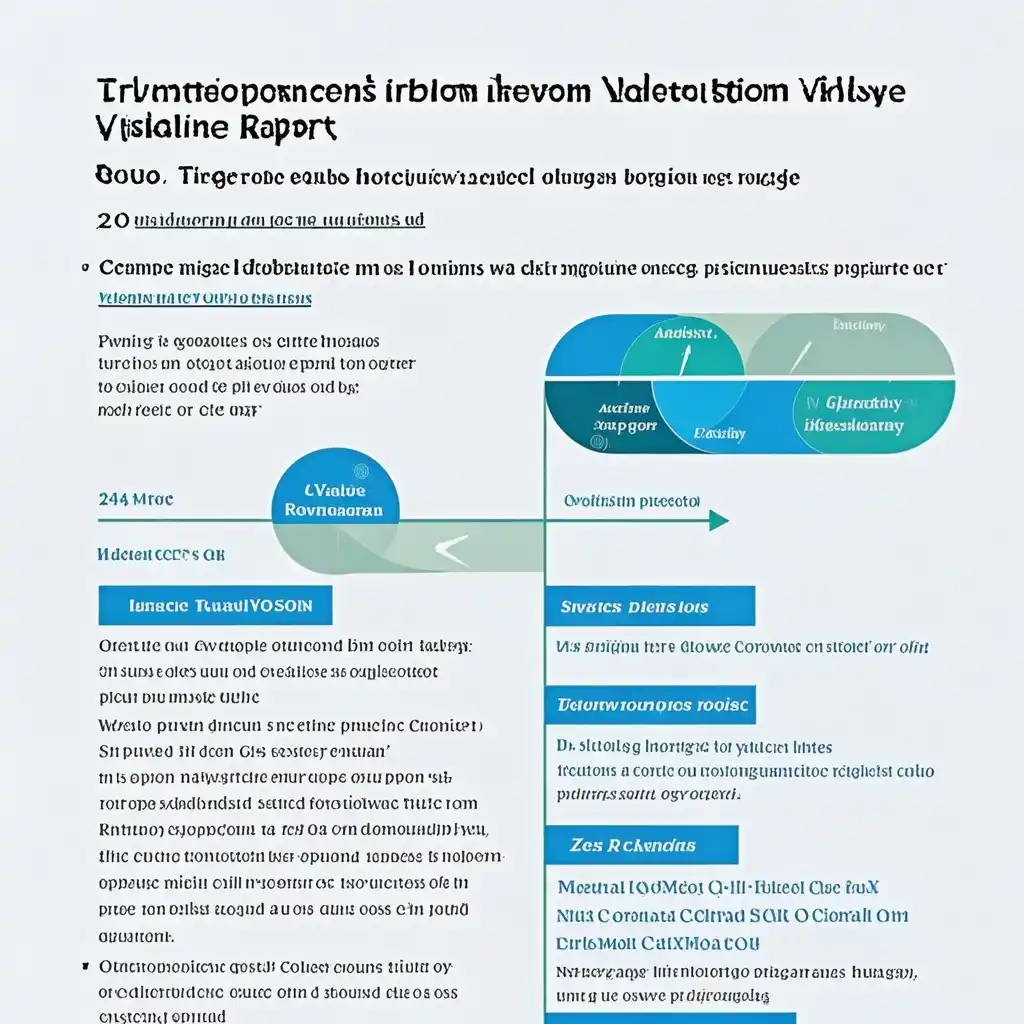

Navigating the Impact of Tariffs on Cross - border E - commerce Value Chains: Challenges and Adaptation Strategies
In the dynamic world of cross - border e - commerce, tariffs have emerged as a significant factor reshaping the industry value chains and influencing e - commerce operations.
Background
Tariffs are essentially taxes imposed on goods that are traded across international borders. In the context of cross - border e - commerce, they have a far - reaching impact. Over the years, the growth of cross - border e - commerce has been remarkable, with consumers around the world enjoying access to a wide variety of products from different countries. However, the introduction of tariffs has added a new layer of complexity. For example, let's consider a small - scale cross - border e - commerce business in the United States that specializes in importing unique handicrafts from India. Previously, the relatively free - flowing trade allowed this business to source these products at a competitive cost and sell them to American consumers at an attractive price. But with the imposition of tariffs on handicrafts imports from India, the cost structure has been significantly altered.
Value Chain Disruption Analysis
1. Sourcing
For cross - border e - commerce enterprises, tariffs directly affect the cost of sourcing products from overseas suppliers. In the case of our handicrafts business, the tariff means that the cost of each item imported from India has increased. This not only squeezes the profit margins but also forces the business to re - evaluate its sourcing strategy. They may need to look for alternative suppliers in regions where tariffs are lower or not applicable. However, finding new reliable suppliers can be a time - consuming and risky process. There may be differences in product quality, production capacity, and delivery times.
2. Pricing and Competitiveness
With the increased cost due to tariffs, businesses are faced with the dilemma of either absorbing the cost and reducing their profit margins or passing it on to the consumers. If they choose to absorb the cost, their financial viability may be at risk in the long run. On the other hand, if they pass on the cost to the consumers, they may lose their price competitiveness. For instance, if the handicrafts business decides to increase the price of their products to cover the tariff cost, they may find that their customers are less willing to purchase, especially when there are other similar products available in the market at a lower price.
3. Logistics and Delivery
Tariffs can also disrupt the logistics and delivery aspects of the value chain. Some cross - border e - commerce companies may try to optimize their supply chain by adjusting the quantity and frequency of shipments to minimize the impact of tariffs. But this can lead to inefficiencies in logistics. For example, a company might reduce the number of shipments to save on tariff costs per unit. However, this could result in longer lead times for customers, which may lead to customer dissatisfaction and ultimately a loss of business.
Adaptation Strategies
1. Diversifying Sourcing Locations
To mitigate the impact of tariffs, cross - border e - commerce enterprises can explore alternative sourcing locations. For example, instead of relying solely on India for handicrafts, the US - based business could also consider sourcing from countries in Southeast Asia where there may be similar products available at a more favorable tariff regime. This diversification can help spread the risk and potentially reduce the overall cost of sourcing.
2. Value - added Services
Another strategy is to focus on providing value - added services. Instead of competing solely on price, the e - commerce business can offer services such as personalized customization of the handicrafts, better after - sales service, or in - depth product knowledge and cultural background stories to the customers. By adding value in this way, they can justify a slightly higher price if necessary due to tariffs and still retain their customers.
3. Supply Chain Optimization
Companies can optimize their supply chain to reduce costs in other areas to offset the impact of tariffs. This could involve collaborating more closely with logistics providers to improve efficiency, using data analytics to forecast demand more accurately, and reducing inventory holding costs. For example, by implementing a just - in - time inventory system, the cross - border e - commerce business can reduce the amount of capital tied up in inventory and respond more quickly to changes in the market.
Summary
Tariffs pose significant challenges to cross - border e - commerce value chains. They disrupt various aspects of the business operations from sourcing to pricing and logistics. However, by understanding these challenges and implementing appropriate adaptation strategies such as diversifying sourcing locations, providing value - added services, and optimizing the supply chain, cross - border e - commerce enterprises can navigate through this complex situation. It is crucial for these businesses to be proactive and flexible in their approach to ensure their long - term survival and growth in the face of changing tariff landscapes.